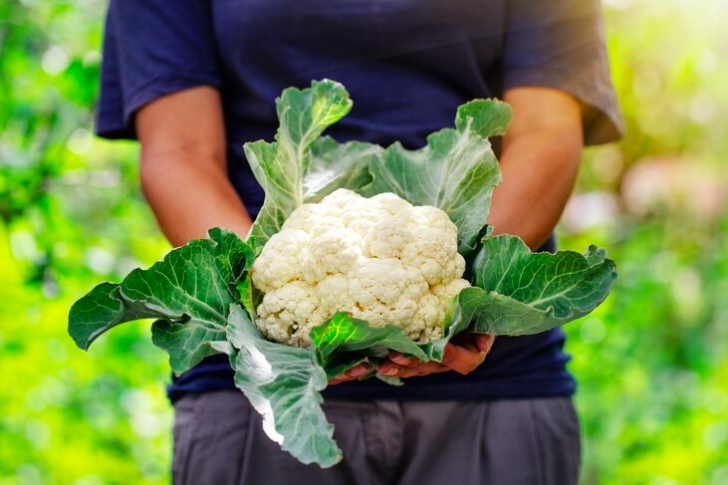Cauliflower is a nutritious and versatile vegetable that can be enjoyed in a variety of dishes, from stir-fries to roasted dishes. If you’re considering growing cauliflower in South Africa, whether in a home garden or on a larger scale, here are ten important things you should know:
- Climate and Region: Cauliflower thrives in cool to mild climates, making it suitable for certain regions in South Africa. It prefers temperatures between 15°C and 21°C for optimal growth. The Western Cape, Eastern Cape, and parts of KwaZulu-Natal are regions where cauliflower cultivation is successful. Choose a region with the right climate and temperature ranges for optimal cauliflower growth.
- Variety Selection: There are various cauliflower varieties available, each with its own characteristics in terms of color, size, and maturity time. Popular cauliflower varieties grown in South Africa include Snowball, Romanesco, and Purple Cape. Consider factors such as taste preference, growing season, and market demand when selecting cauliflower varieties.
- Soil Requirements: Cauliflower prefers well-drained soil with good fertility. Conduct a soil test to assess the pH level and nutrient content of your soil. Cauliflower generally prefers a slightly acidic to neutral pH range of 6.0 to 7.0. Amend the soil with organic matter and appropriate fertilizers based on the soil test results to ensure optimal nutrient availability.
- Land Preparation: Clear the land of weeds, rocks, and debris before planting cauliflower. Prepare the soil by tilling and incorporating organic matter to improve its structure and drainage. Ensure proper soil preparation to create a loose, friable bed for cauliflower roots to establish.
- Planting and Spacing: Cauliflower can be grown from seeds or transplants. Start seeds indoors and transplant them once they have developed a few true leaves. Plant the seedlings at the appropriate depth, usually up to the first set of leaves. Provide adequate spacing between plants, typically ranging from 30 to 60 centimeters, to allow room for the cauliflower heads to develop.
- Irrigation: Cauliflower requires consistent soil moisture for healthy growth and to prevent stress-induced issues like bolting (premature flowering). Implement an irrigation system to provide regular and sufficient water supply. Monitor soil moisture levels and adjust irrigation accordingly, ensuring that the soil remains evenly moist but not waterlogged.
- Fertilization: Cauliflower has specific nutrient requirements for optimal head development. Conduct a soil analysis and consult with agricultural experts to determine the appropriate fertilization regimen. Apply balanced fertilizers with nitrogen, phosphorus, and potassium, along with micronutrients, based on the cauliflower’s nutrient needs and the specific soil conditions.
- Pest and Disease Management: Cauliflower can be susceptible to pests such as aphids, caterpillars, and diseases like clubroot and downy mildew. Implement integrated pest and disease management strategies, including regular monitoring, cultural practices, and the use of appropriate pesticides or biological controls when necessary. Practice crop rotation and maintain good field hygiene to minimize disease pressure.
- Protecting Against Heat and Sun: Cauliflower prefers cool temperatures and can be sensitive to heat and excessive sun exposure. Consider using shade cloth or providing shade during hot summer months to protect the plants from extreme temperatures.
- Harvesting: Cauliflower heads are ready for harvest when they reach the desired size and are firm and compact. Harvest the heads by cutting them carefully with a sharp knife, leaving a few leaves attached. Harvesting should be done in the morning or evening when temperatures are cooler to maintain quality.
By considering these ten crucial factors before growing cauliflower in South Africa, you’ll be better prepared to cultivate a successful crop. Stay updated on local research, industry best practices, and consult with local agricultural experts for tailored advice. With proper care and attention, you can enjoy a delicious harvest of fresh and nutritious cauliflower.







